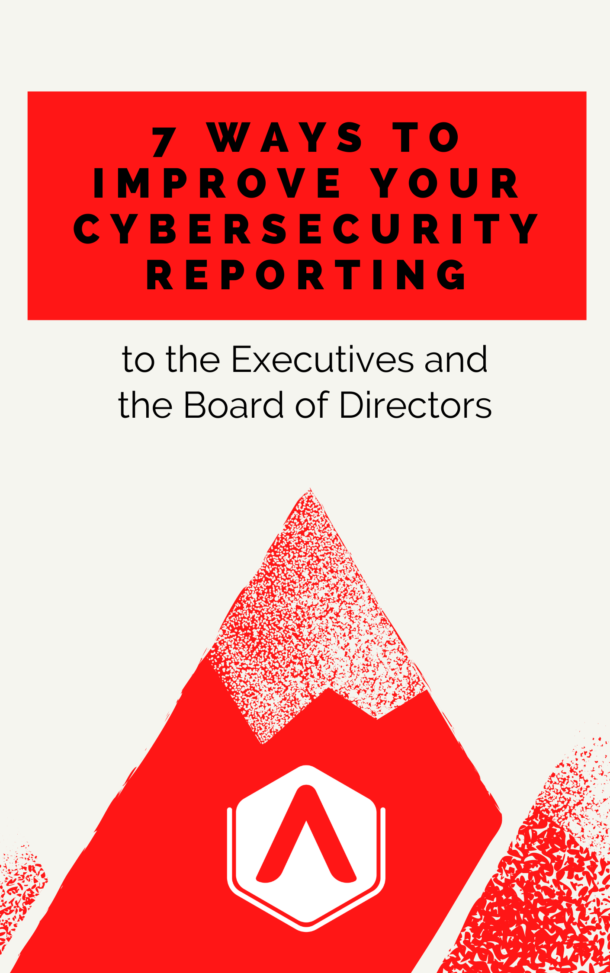Artificial intelligence offers immense promise for shoring up cyber defenses and streamlining operations.
Here’s how forward-thinking IT leaders are tapping into AI’s potential.
1. Artificial Intelligence for Cyber Security
Cyber threats are growing more sophisticated by the day. To keep pace, an increasing number of IT leaders are integrating Artificial intelligence for cyber security. AI has proven adept at detecting breaches, analyzing threats, and automating responses.
Specifically, AI is being used for:
- Real-time threat detection – AI analyzes network traffic, system activity, and endpoint behavior using machine learning algorithms to identify deviations that may signify cyberattacks. By establishing baselines and spotting anomalies in real-time, AI can detect intrusions early before significant damage is done. AI solutions ingest large volumes of data from diverse sources across on-prem and cloud environments to uncover threats that might be missed otherwise.
- Swift incident response – Once a threat is detected, AI kicks off automated incident response playbooks to validate alerts and orchestrate containment. AI prioritizes incidents based on potential impact, providing additional context to security analysts about affected assets, attack characteristics, and suggested actions. This accelerates investigation and triage times to rapidly neutralize attacks.
- Pattern recognition – By identifying commonalities across separate attacks using data correlation analytics, AI uncovers tactics, techniques and procedures used by known and emerging threat actors. This knowledge informs and continually improves defense strategies. AI uses attack pattern analysis to develop high-fidelity indicators of compromise and tailored detection rules.
- Automated containment – Upon threat validation, AI can instantly isolate compromised systems or suspicious users to prevent lateral movement without waiting for human direction. By autonomously executing playbooks, AI can halt attacks within seconds before extensive footholds are established. This minimizes breach impact and remediation costs.
- Adaptability to new threats – As adversarial tactics evolve, AI solutions dynamically adapt protection by ingesting new threat intelligence and self-tuning detection logic. This keeps security current against attack innovation. AI mapped to dynamic threat models can instantly identify never-before-seen attack patterns to thwart novel threats.
2. Optimizing Business Operations
In addition to fortifying cybersecurity, AI and leadership are joining forces to streamline enterprise operations in various departments:
IT Systems Management
Manually monitoring dynamic infrastructure health across cloud and on-prem environments is highly complex. AI handles many mundane IT tasks automating issue diagnosis, resolution and optimization. These include:
- Predictive maintenance – AI analyzes telemetry data from servers, networks and applications, spotting anomalies that foreshadow component failures. It triggers just-in-time remediation.
- Intelligent remediation – Leveraging large incident databases, virtual assistants diagnose outages and performance problems. AI applies proven fixes tailored to the target environment without human assistance.
- Dynamic resource scaling – AI scales compute, storage and network bandwidth up or down based on demand forecasts. This optimizes cost and performance.
3. Customer Service
Intelligent conversational agents powered by natural language processing and machine learning are transforming customer service. AI-driven chatbots and voice bots offer 24/7 consumer self-service, offloading call volume from human representatives.
According to Bank of America, their AI chatbot Erica handles nearly 1 billion customer calls per year, allowing human reps to focus on intricate issues requiring emotional intelligence. The AI helps customers configure services, troubleshoot problems, and manage accounts.
Over time, as the AI accumulates interaction data and feedback, it becomes capable of handling increasingly complex customer queries with precision. It will handle:
- Order status checks, cancellations, returns, and tracking
- Payment processing or invoice questions
- Address changes and account updates
- Personalized promotions and product recommendations
- Dispute resolution and complaint documentation
- Contract clarification and interpretation
- Appointment scheduling and registration
With omnichannel, emotionally intelligent AI assistants, forward-thinking companies aim to deliver next-generation customer experiences. This cements loyalty while keeping costs contained.
4. Recruiting
Managing talent acquisition entails numerous labor-intensive tasks. AI is lending a hand, automating many repetitive recruiting chores.
- Resume ranking and screening – By instantly scanning thousands of resumes and intelligently matching candidate qualifications to open positions, AI accelerates early funnel processing. This allows recruiters to rapidly filter applicants and hone in on promising prospects.
- Interview scheduling/confirmations – AI chatbots seamlessly coordinate calendars across multiple hiring stakeholders to schedule interviews. The bots then automatically send reminder notifications to candidates, reducing no-shows.
- Candidate assessments – AI analyzes video interviews to evaluate verbal cues, semantic content, and facial expressions. This provides insights into skills, cognitive abilities, and culture fit.
- Background checks – AI rapidly processes background screens, employment verifications, and reference checks to uncover any red flags. This ensures compliance and safety.
- Offer letter generation – By automatically customizing offer letter language and salary figures based on the role, data points, and benchmarks – AI prepares initial drafts for review. This creates a consistent process.
With AI alleviating these administrative burdens, recruiters can refocus on high-value tasks like:
- Strategic workforce planning
- Targeted outreach and networking
- Candidate relationship-building
- Evaluating soft skills and organizational alignment
The future of AI in IT
Looking ahead, the surface area for AI in IT infusion will only expand. Savvy leaders recognize AI’s potential as a force multiplier that allows knowledge workers and security professionals to focus on high-value innovation, creativity and strategic priorities that drive competitive differentiation. Though some job automation may occur, AI’s value in unleashing human talent promises to far outweigh displacement, ultimately elevating job satisfaction. With responsible governance and human oversight, artificial intelligence adoption promises to usher organizations into a more efficient, adaptive and resilient future.
Conclusion
As cyber threats and business complexity accelerate, artificial intelligence is becoming an invaluable ally for IT executives. AI solutions are transforming security operations, threat detection, infrastructure resilience, customer experience, and workforce efficiency. While AI is still maturing, early adopters are already reducing risks, costs, and enhancing productivity across the enterprise.


Recent Comments